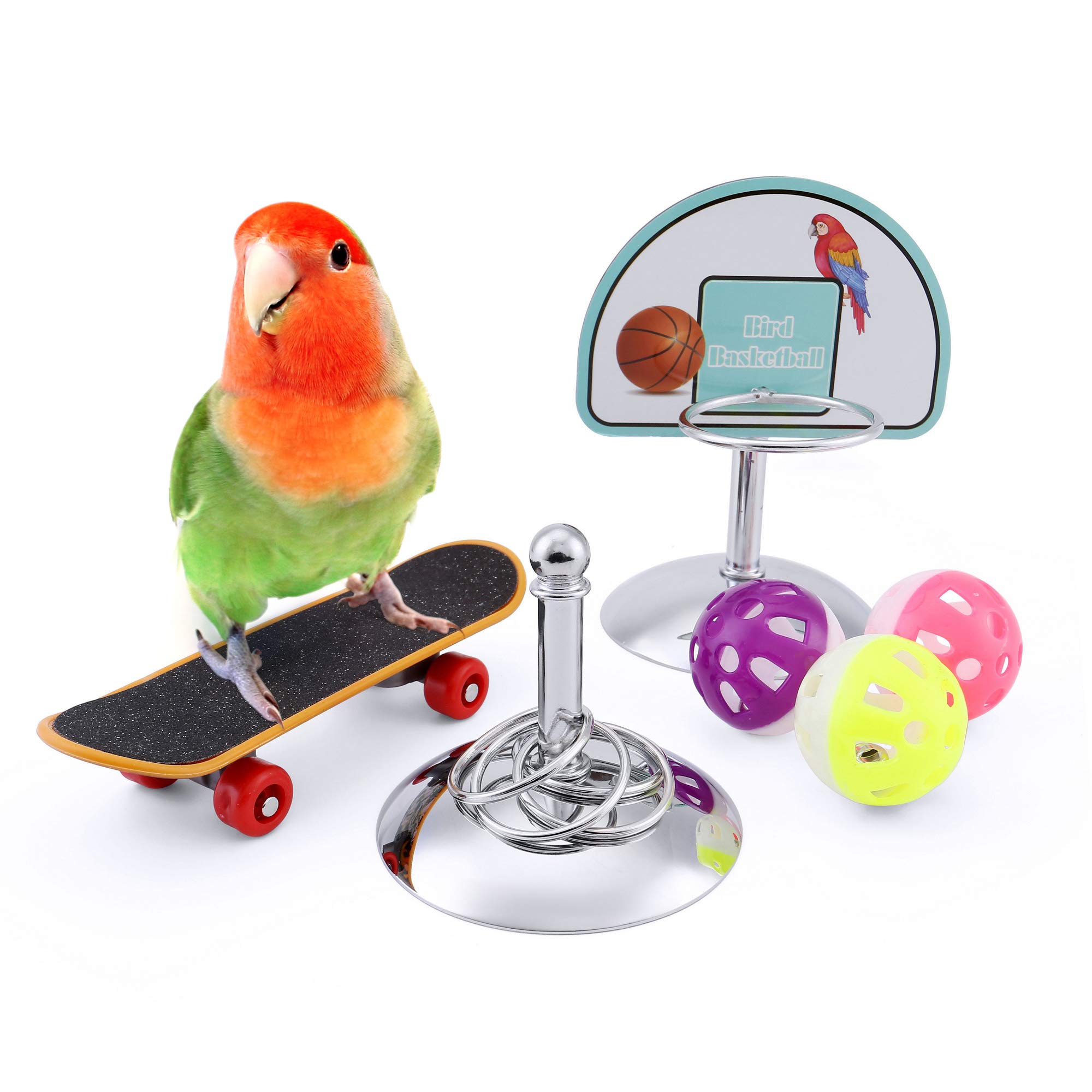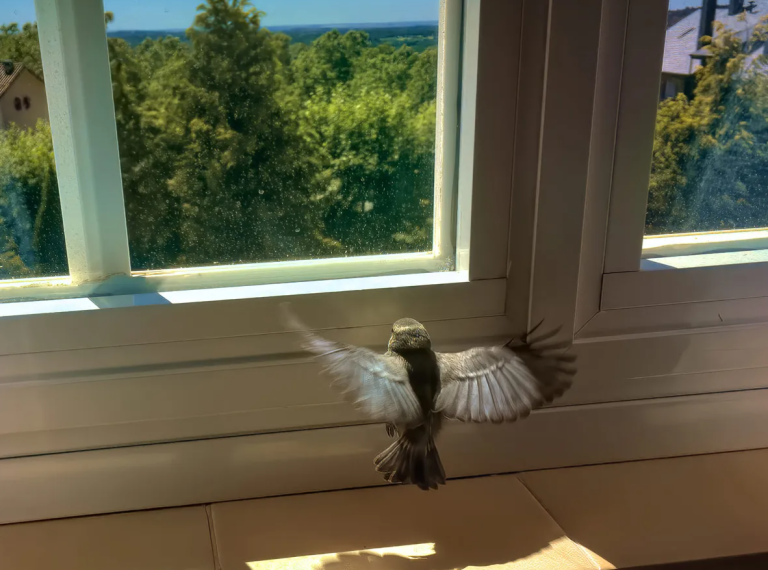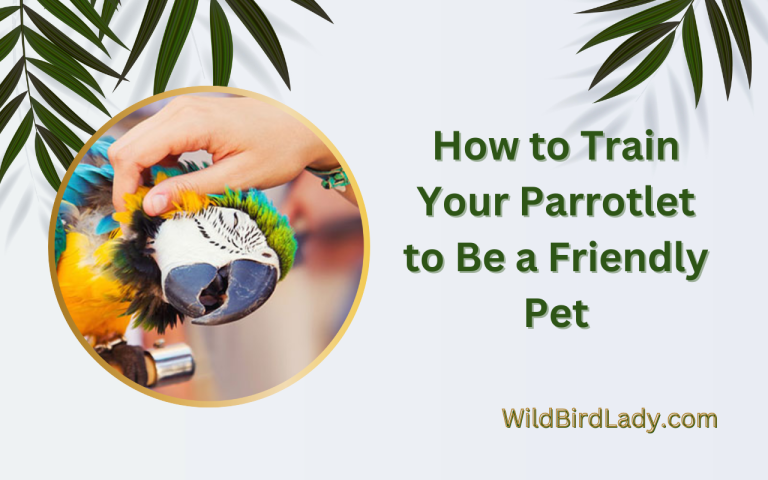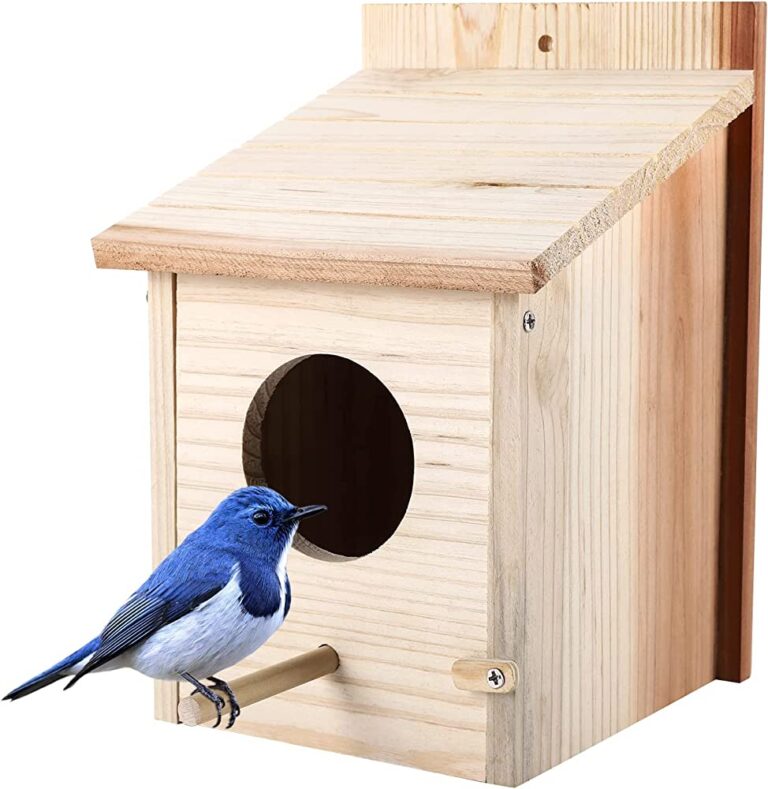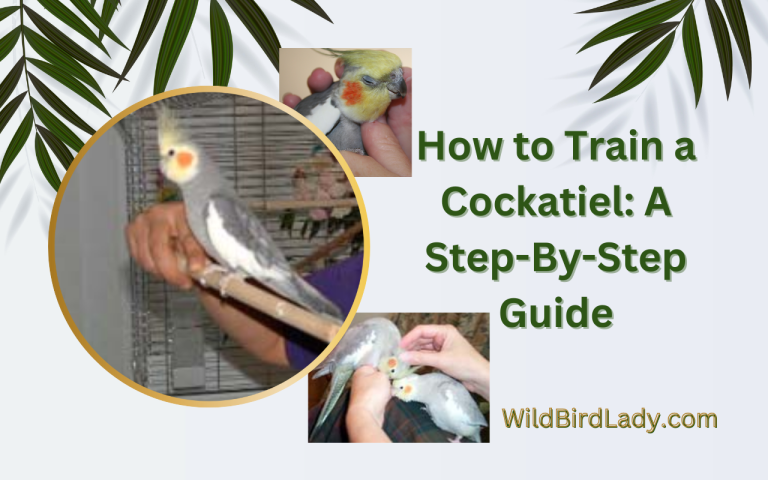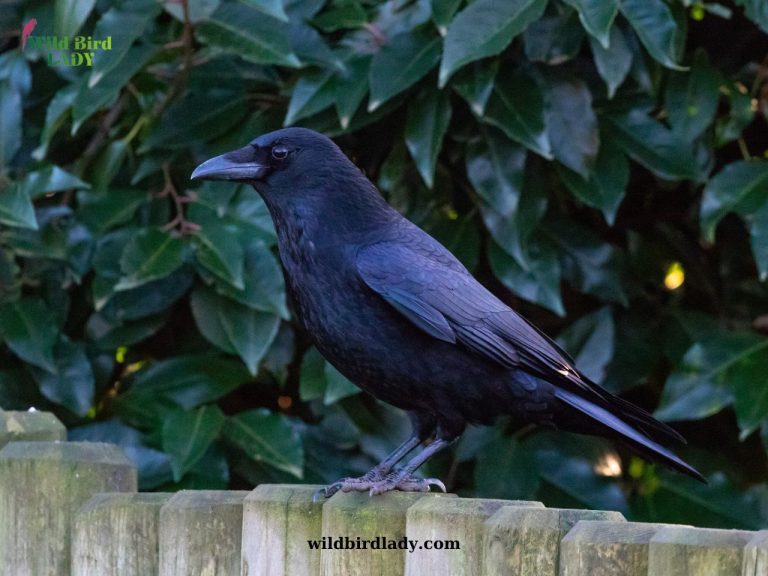Lovebirds Training Tips
Lovebirds training is most effective when it involves positive reinforcement, consistency, socialization, patience, and proper handling techniques. By focusing on these methods, you can build a strong bond and improve communication with your lovebirds.
Lovebirds are small, intelligent and social birds that make great pets. Proper training is essential to living in harmony with your lovebirds. Lovebirds form strong bonds and are highly social, but they can be aggressive towards each other and other birds.
Effective training techniques will help create a bond and clear communication with your lovebirds. In this article, we will discuss five effective techniques you can use to train your lovebirds. These techniques include positive reinforcement, consistency, socialization, patience, and proper handling techniques. By utilizing these techniques, you can teach your lovebirds to trust you, follow basic commands, and live harmoniously with humans and other birds.
Credit: www.amazon.com
Understanding Your Lovebirds
Lovebirds are popular pets due to their playful, affectionate personalities and the beautiful colors of their feathers. However, as an owner, it’s crucial to understand your lovebirds to provide the best possible care for them. Here are some important things to consider:
Knowing The Differences Between Lovebird Breeds
There are nine different species and several color mutations of lovebirds, but not all of them make suitable pets. Here are some breeds to look out for:
- Fischer’s lovebird: Known for being playful and active.
- Peach-faced lovebird: The most popular breed due to its color and playful behavior.
- Black-cheeked lovebird: Shy and reserved but make excellent pairs.
- Nyasa lovebird: Rare breed that requires special care.
Identifying The Gender Of Your Lovebirds
Lovebirds are sexually dimorphic, meaning males and females have different physical characteristics. It is crucial to understand your lovebird’s gender when it comes to breeding and owning pairs. Here’s how to tell the difference:
- Size: Males are larger and bulky than females.
- Head shape: Males have a broader and more rounded head than females.
- Behavior: Females are more aggressive and territorial than males.
Understanding Their Body Language And Vocalizations
Lovebirds communicate primarily through body language and vocalizations, making it easier to understand their behavior. Here are some signs to look for:
- Preening: Indicates relaxation and happiness.
- Fluffed up: Indicates rest or sleepiness.
- Chirping: A sign of communication and happiness.
- Loud squawking: Indicates stress or danger.
Understanding your lovebirds is crucial for their overall health and happiness. By knowing the differences between lovebird breeds, identifying their gender, and understanding their body language and vocalizations, you can provide the best care possible for your feathered friends.
Creating A Safe And Comfortable Environment
Lovebirds are one of the most beloved and popular pet birds, known for their playful and affectionate personalities. However, it is essential to provide a safe and comfortable environment for your lovebirds to thrive and be happy. In this blog post, we will discuss some tips for creating an ideal home for your lovebirds under the subheading of ‘creating a safe and comfortable environment’.
Choosing The Right Cage And Accessories
Choosing the right cage and accessories for your lovebirds is crucial for their well-being. Here are some points to consider:
- The cage should be spacious enough for your lovebirds to flutter and move around freely.
- A bar spacing of one-half inch or less is essential to make sure your lovebird cannot escape from the cage or get injured.
- Choose a cage made of sturdy, non-toxic material such as stainless steel or anodized aluminum. Avoid cages made from plastic or cheap metal as they could be harmful to your birds’ health.
- Provide accessories such as perches, toys, and swings to keep your lovebirds entertained and active.
Providing A Nutritionally Balanced Diet
A balanced, nutritious diet is essential for your lovebirds‘ health and happiness. Here are some key points to consider:
- The diet should consist of a variety of fresh vegetables, fruits, seeds, and pellets, which provide the necessary vitamins and minerals for your lovebirds.
- Avoid giving your lovebirds unhealthy snacks such as chocolate, processed foods, and high-sugar treats.
- Make sure to provide fresh, clean water daily for your lovebirds to drink.
Keeping The Cage Clean And Germ-Free
Keeping the cage clean is vital to prevent bacterial growth and diseases in your lovebirds. Here are some tips for maintaining a clean environment for your lovebirds:
- Remove any uneaten food, feathers, and debris from the cage every day.
- Clean the cage weekly with mild soap and water, and rinse it thoroughly.
- Use a bird-safe disinfectant to sanitize the cage and accessories regularly.
Creating a safe and comfortable environment is crucial for your lovebirds’ health and well-being. By choosing the right cage and accessories, providing a nutritionally balanced diet, and keeping the cage clean and germ-free, you can ensure that your lovebirds stay happy and healthy.
Basic Training Techniques
Lovebirds are fun and affectionate little birds that make unique and loving pets. Whether you are a beginner or an experienced pet owner, training your lovebird is an essential part of ensuring that you have a loving and well-behaved feathered friend.
In this blog post, we’ll dive into some of the basic training techniques that will help you tame and bond with your lovebirds, teach them basic commands and overcome common behavioral problems.
Taming And Bonding With Your Lovebirds
Before you can begin training your lovebird, you need to establish trust with them. Taming your lovebird is all about patience, persistence and positive reinforcement. Here are a few tips to help you bond with your lovebird:
- Spend time with your lovebird every day. Talk to them softly, and offer them treats while holding your hand in the cage.
- When your lovebird comes to the front of the cage, put your finger in front of them and say “step up” in a calm and encouraging tone of voice. With time, your lovebird will understand this command and will readily step onto your finger.
- Offer your lovebird treats from your hand. This gesture will help create a positive association with you.
Teaching Basic Commands Like Step Up And Come Here
Once your lovebird is comfortable stepping onto your finger, you can begin teaching them basic commands. These commands are essential and will help you control your lovebird’s behavior and keep them safe. Here are some basic commands to teach your lovebird:
- Step up: This command is essential for removing your lovebird from their cage. Encourage your bird to step onto your finger and move them slowly out of the cage.
- Come here: This command is useful for encouraging your your lovebird to come to you, either for playtime or to return to their cage.
To train your lovebird, use positive reinforcement, offer treats and add these commands to their daily routine.
Overcoming Common Behavioral Problems
Training your lovebird is a vital part of keeping them healthy and happy, but sometimes, lovebirds can develop behavioral problems. Here are some common issues and solutions:
- Biting: Lovebirds can become territorial and bite their owners. To prevent biting, ensure that your lovebird gets enough exercise, provide plenty of toys and always approach them with a calm demeanor.
- Screaming: Screaming is another typical issue in lovebirds. To reduce your bird’s screaming, establish a daily routine and provide distracting toys or music.
Lovebirds make wonderful pets that offer their owners endless joy and affection. Remember, training is essential to keep your lovebird healthy and happy, so always be patient, persistent and use positive reinforcement during training sessions. Happy training and bonding with your lovebird!
Advanced Training Techniques
Lovebirds can make great pets, not just because of their adorable appearance, but also because of their ability to learn a broad range of tricks, like talking and mimicry, as well as performing other playful activities. Proper training techniques can make this process successful without undue stress for both you and your lovebirds.
Teaching Your Lovebirds To Talk And Mimic Sounds
The ability to talk and mimic sounds is one of the most attractive features of lovebirds. When teaching them to speak, remember that repetition is key. Aside from talking to your lovebirds on a regular basis, you can use recordings of your own voice or other sounds as a tool in training.
Below are some additional tips:
- It is highly recommended to start training when your lovebirds are still young.
- Choose short and simple words or phrases to train them. For example, your bird’s name is a perfect starting point.
- Repeat the words or phrases consistently, so your lovebirds can become familiar with the sounds.
- Reward them when they repeat the words correctly.
Training Your Lovebirds To Perform Tricks
Besides talking and mimicry, lovebirds can learn some fun tricks. As you start to train them, remember that every bird has its own unique personality and can learn at its own pace. Here are some tips to help train your lovebirds to perform tricks:
- Start with simple tricks like stepping up onto your hand when the bird is comfortable being around you.
- Use positive reinforcement, such as small treats that the birds enjoy, to encourage them to learn the tricks.
- Don’t train for too long at once, as lovebirds can become easily distracted, and training for too long can cause them stress.
Preparing For Free Flight Training
One of the most exhilarating experiences for pet-owners is free flight training. As this process involves some risks for the bird’s safety and your nearby furniture, it’s essential to take things one step at a time. Here are some tips for preparing for free flight training:
- Create a safe space for your birds equipped with proper equipment like perches, swings, and toys.
- Your lovebirds should not be misbehaving while on your hands or your shoulder.
- Gradually increase the area your lovebirds have free access to.
- Only use this technique once they have completed training in several other areas and are comfortable with you being close by.
By following these techniques for training lovebirds, you could have a harmony-filled and long-lasting relationship with your feathered friends. So, don’t hesitate to train them and see what fun things you can achieve together.
Frequently Asked Questions On 5 Effective Techniques To Train Your Lovebirds
How Long Does It Take To Train A Lovebird?
Training a lovebird requires patience and consistency. Some may take a few weeks, while others may take months. It depends on the lovebird’s personality, age, and previous experiences.
Can I Train Multiple Lovebirds At Once?
Yes, you can train multiple lovebirds together. However, focus on one behavior at a time and reward each bird separately. Ensure that each bird has equal attention and resources during training.
What Are Some Common Training Mistakes To Avoid?
Avoid punishing your lovebird, neglecting them during training, and expecting immediate results. Also, ensure that the training environment is free of distractions and the training sessions are short and frequent.
How Can I Motivate My Lovebird During Training?
Motivate your lovebird by using positive reinforcement such as treats, praise, and playtime. Also, make training sessions fun and engaging for your lovebird by incorporating toys and varying your techniques.
At What Age Can I Start Training My Lovebird?
You can start training your lovebird as young as possible. However, it’s best to wait until they are fully weaned and have settled into their new environment before you start training. It’s also important to consider their age-appropriate behaviors.
Conclusion
As a lovebird owner, you have a duty to ensure that your feathered friend is content and well-behaved. These five effective techniques discussed in this blog post should give you a great head start on training your lovebirds. Remember, patience and consistency are key when it comes to training birds.
Be sure to treat your lovebirds with kindness and respect throughout the training process. With routine training and gentle encouragement, your lovebirds will develop into healthy, well-adjusted birds who are a joy to have around. Follow these techniques, and you’ll be amazed at how quickly your lovebirds learn new tricks.
Keep in mind that every bird is one-of-a-kind and may require a different approach, so don’t hesitate to experiment with new methods.

